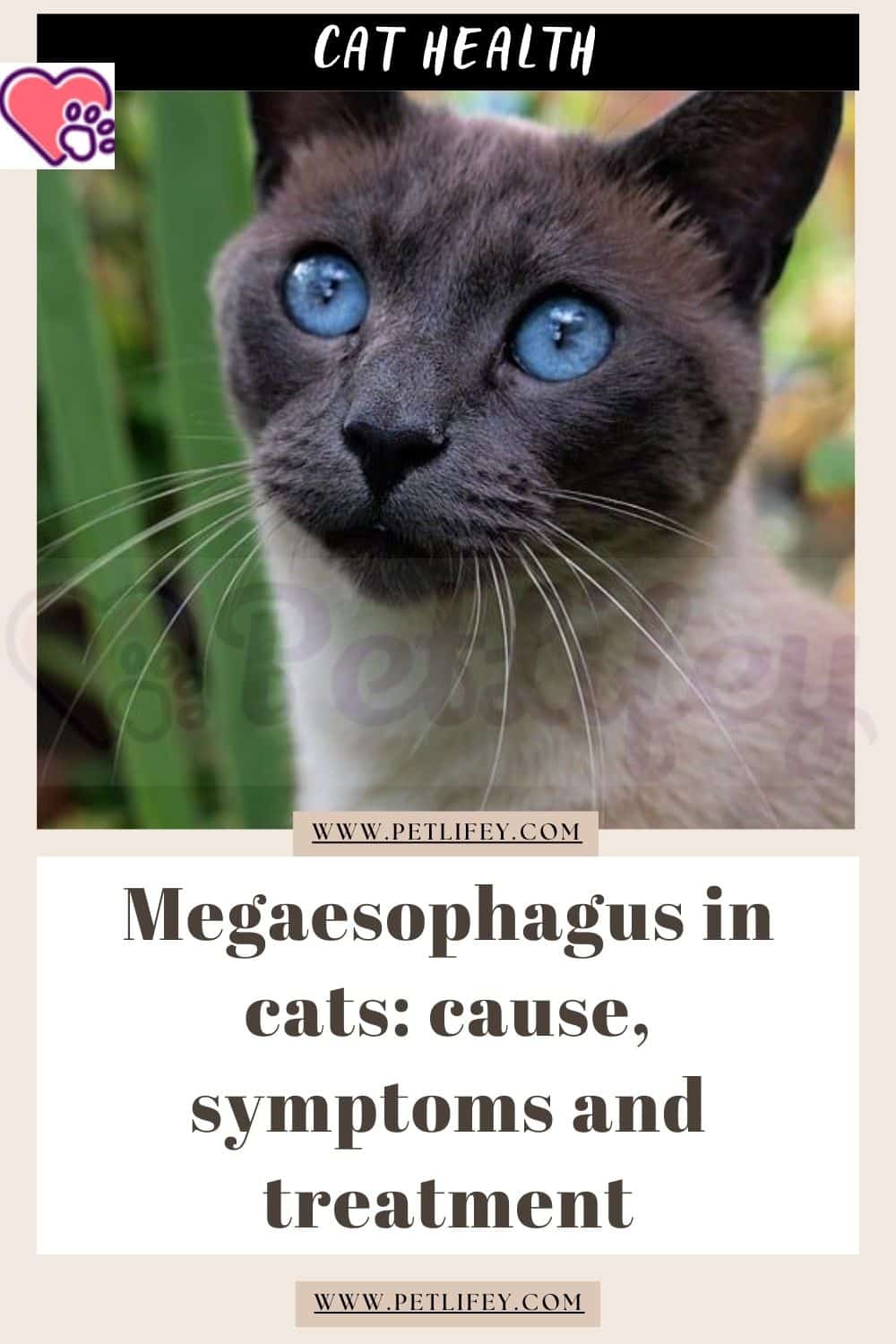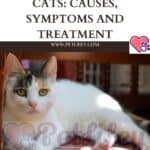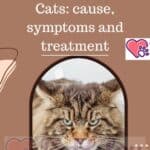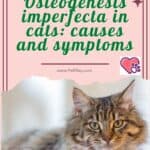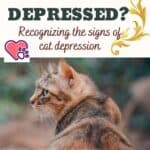Megaesophagus in Cats: Understanding Causes, Recognizing Symptoms, and Exploring Treatments
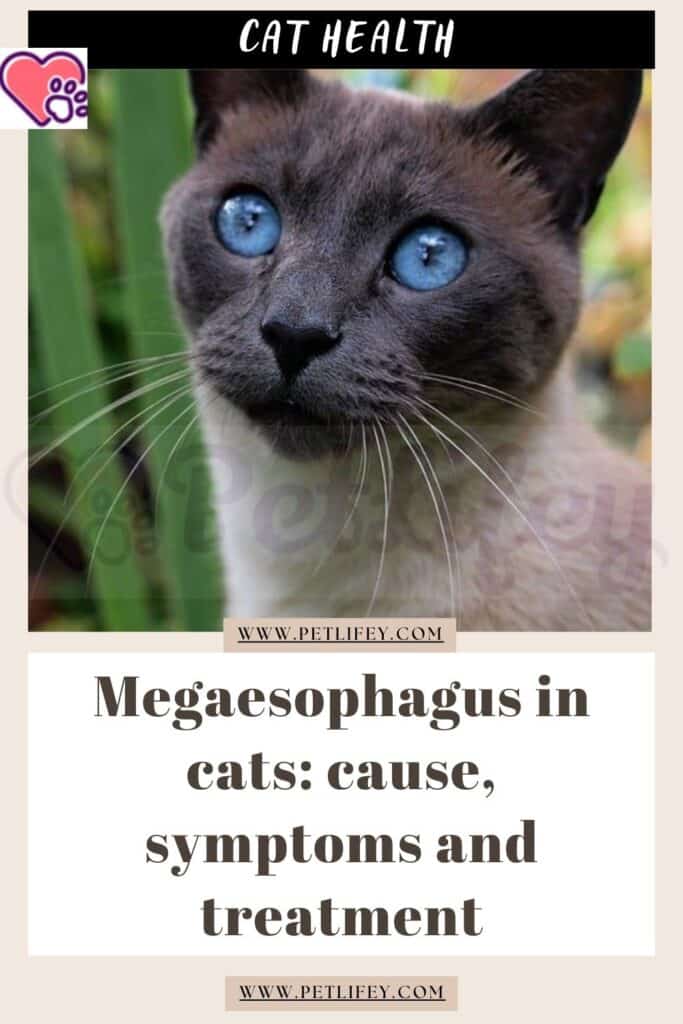
Megaesophagus is a condition affecting cats where the esophagus, the tube that carries food from the mouth to the stomach, becomes enlarged and loses its ability to move food effectively. This can lead to a range of complications as food may accumulate in the esophagus, making it difficult for your cat to obtain proper nutrition. This condition can be present at birth, known as congenital megaesophagus, or it can develop later in life as an acquired disorder.
If your cat has megaesophagus, you may observe signs like regurgitation of undigested food, weight loss, coughing, or repeated infections like aspiration pneumonia. The causes of megaesophagus in cats can be varied, including genetic predisposition in certain breeds like Siamese or Abyssinian cats, or associated with other conditions such as neuromuscular diseases, tumors, or autoimmune disorders.
Treatment for megaesophagus in cats aims to manage the symptoms and any underlying causes. This may include feeding your cat in an upright position to help food pass into the stomach, dietary changes, medication, or in some cases, surgery. Careful management is crucial to minimize the risk of pneumonia from food entering the lungs and to ensure your cat maintains a healthy quality of life.
Understanding Megaesophagus
Megaesophagus is a significant health concern for your cat, characterized by an enlarged esophagus and its impaired ability to move food to the stomach, with Siamese breeds being particularly predisposed.
Definition and Prevalence
Megaesophagus is a condition where your cat’s esophagus—the muscular tube connecting the throat to the stomach—becomes abnormally enlarged and loses its ability to contract properly. This condition leads to difficulties in food passage, culminating in regurgitation. It is an uncommon occurrence in cats with specific breeds like Siamese showing a genetic predisposition.
Anatomy and Function of the Feline Esophagus
Under normal circumstances, your cat’s esophagus functions as a conduit for food and liquids, utilizing muscular contractions (peristalsis) to transport substances from the mouth to the stomach. In cats with megaesophagus, this coordinated movement is compromised, often leading to food accumulation within the esophagus, increasing the risk of regurgitation or aspiration pneumonia.
Causes of Megaesophagus
Megaesophagus in cats is either a congenital abnormality or an acquired condition, each with distinct causes. Understanding these causes can help you identify potential risks and seek timely intervention.
Congenital Factors
Congenital megaesophagus is a condition present at birth. It occurs when the esophagus, which is supposed to move food from the mouth to the stomach, fails to develop properly. This lack of development prevents normal swallowing and can lead to regurgitation of food. Genetic abnormalities and hereditary predispositions are often responsible, with certain breeds such as Siamese cats more likely to be affected.
Acquired Conditions
Acquired megaesophagus develops later in life and can stem from a variety of causes. These include:
- Nerve Damage: Trauma or diseases affecting the nerves that control esophageal muscles can lead to megaesophagus.
- Muscle diseases: Conditions affecting the muscles, like myasthenia gravis, directly impair the ability of the esophagus to contract and push food.
- Obstructions: Physical blockages, whether from tumors, foreign objects, or strictures, can inhibit food movement and cause megaesophagus.
- Toxins: Certain toxins can damage the nerves or muscles of the esophagus, leading to dysfunction.
Understanding the specific cause is crucial for determining the appropriate treatment and management of megaesophagus in your cat.
Identifying Symptoms
It is crucial for cat owners to recognize the symptoms of megaesophagus as early detection can significantly improve the management of the condition.
Clinical Signs in Cats
Your cat may exhibit signs such as:
- Difficulty swallowing (dysphagia): Hesitation before swallowing or repeated swallowing attempts.
- Regurgitation: Bringing up undigested food shortly after eating, without the use of abdominal muscles, which differentiates it from vomiting.
- Weight Loss: Due to regurgitation of food and the inability to retain nutrients.
- Coughing: Particularly if aspiration pneumonia, a complication of megaesophagus, has developed.
Diagnosing Megaesophagus
To diagnose megaesophagus, your veterinarian may perform the following:
- Radiographs (X-rays): To visualize an enlarged esophagus.
- Barium Swallow: Using a contrast material to track the movement of ingested material.
- Endoscopy: Allowing a direct look at the esophageal lining and to assess for obstructions or abnormalities.
Differential Diagnoses
Other conditions can mimic megaesophagus and must be ruled out:
- Esophageal obstruction: Caused by foreign objects, strictures, or cancer.
- Esophagitis: Inflammation due to acid reflux or ingestion of irritants.
- Neuromuscular diseases: Conditions that affect the nerves or muscles of the esophagus.
- Poisoning: Some toxins can affect esophageal motility and lead to similar symptoms.
Treatment Approaches
The treatment of megaesophagus in cats focuses on managing symptoms as there is no known cure. Your approach may vary based on the individual condition of your cat and the underlying cause of megaesophagus.
Medical Management
Your veterinarian may prescribe medications to manage secondary symptoms such as pneumonia, which is often caused by aspiration of food into the lungs. Prokinetic agents may be recommended to enhance esophageal motility, helping food move into the stomach.
- Metoclopramide: Enhances motility in the upper gastrointestinal tract.
- Cisapride: Another motility enhancing drug, though less commonly available.
Nutritional Strategies
You’ll need to adjust your cat’s feeding routine to minimize regurgitation. Feeding your cat in an upright position can help gravity move food down into the stomach. Nutritional changes could include:
- High-calorie gels or liquefied food: Easier to swallow and less likely to be regurgitated.
- Frequent, small meals: Reduces the volume of food in the esophagus at one time.
Surgical Interventions
Surgery may be necessary if structural issues are causing the megaesophagus, although it is typically considered as a last resort due to the invasive nature and varied success rates. Potential surgeries can include:
- Temporary feeding tube: To bypass the esophagus.
- Esophagostomy: Creating an opening in the esophagus through the neck.
Surgical options and their suitability for your cat should be thoroughly discussed with your veterinarian.
Prognosis and Management
The prognosis for cats with megaesophagus depends greatly on managing secondary complications, such as aspiration pneumonia, and underlying causes. Your diligent care is crucial for your cat’s quality of life.
Long-Term Outlook
The long-term outlook for a cat with megaesophagus varies based on the cause and the cat’s ability to avoid complications like aspiration pneumonia. If the esophageal dilation results from a reversible condition, then the prognosis may be better provided that the underlying issue is effectively treated. Crucially, if your cat experiences chronic regurgitation, careful monitoring and management become essential to prevent respiratory complications which can worsen the prognosis.
Living with Megaesophagus
Living with megaesophagus requires you to make adjustments to your cat’s feeding routines and ongoing care:
- Elevated Feeding: Elevating your cat’s food and water bowls can assist gravity in moving food to the stomach.
- Consistency of Diet: Blending your cat’s food to a porridge-like consistency might help it pass more easily into the stomach.
- Frequent, Small Meals: Feeding smaller, more frequent meals can reduce the burden on the esophagus.
- Monitoring: Keep a close watch for signs of aspiration pneumonia, such as coughing or lethargy, and seek immediate veterinary attention if these occur.
Your vet may also recommend certain medications to manage symptoms and secondary infections. Regular follow-ups are necessary to monitor your cat’s condition and adjust care as needed.
Prevention and Early Detection
When focusing on megaesophagus in cats, prevention may not always be possible, especially in cases of congenital forms of the disease. However, there are practical steps you can take to minimize risk factors for acquired types and ensure early detection.
- Be observant of your cat’s eating habits and general behavior.
- Regular veterinary check-ups can catch early signs of illness.
For breeds such as Siamese that may have a genetic predisposition, being aware of the potential risk and monitoring closely for clinical signs can aid in early detection.
Symptoms to Look For:
- Difficulty swallowing
- Regurgitation of food or water
- Frequent coughing or gagging
- Sudden weight loss or a decrease in appetite
Early Detection
Early detection involves being vigilant for signs of distress related to feeding. If your cat shows symptoms like persistent coughing, recurrent pneumonia, or changes in eating behaviors, seek veterinary advice promptly. Early diagnosis through X-rays or a barium swallow study can lead to more effective management.
Proactive Measures You Can Take:
- Maintain Regular Veterinary Appointments:
- This ensures potential problems can be investigated early.
- Watch for Recurrent Respiratory Issues:
- These could signal aspiration related to megaesophagus.
- Be Cautious with New Diets:
- Introduce new foods slowly to watch for adverse reactions.
Remember, while you may not be able to prevent megaesophagus, especially if it’s inherited, you can play a crucial role in early detection and management of the condition in your cat.

